Search
Search Results

Article
Pizarro & the Fall of the Inca Empire
In 1533 CE the Inca Empire was the largest in the world. It extended across western South America from Quito in the north to Santiago in the south. However, the lack of integration of conquered peoples into that empire, combined with a civil...
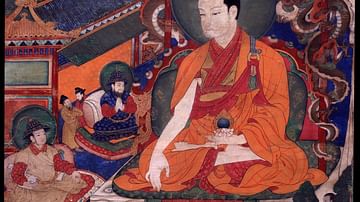
Interview
Rubin Museum's Faith and Empire: Tibetan Buddhist Art
Faith and Empire: Art and Politics in Tibetan Buddhism, a new exhibition at the Rubin Museum of Art in New York, explores the dynamic historical intersection of politics, religion, and art as reflected through Tibetan Buddhism. The exhibition...
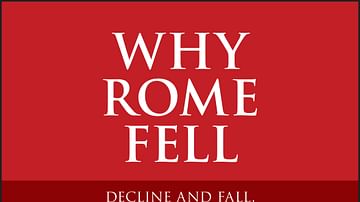
Article
Continuity and Change after the Fall of the Roman Empire
The cataclysmic end of the Roman Empire in the West has tended to mask the underlying features of continuity. The map of Europe in the year 500 would have been unrecognizable to anyone living a hundred years earlier. Gone was the solid boundary...
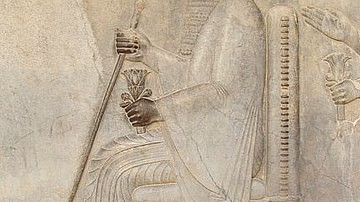
Article
Bureaucracy in the Achaemenid Empire: Learning from the Past
In the early days of the Achaemenid Empire (c. 550-330 BCE), the kings came to realise that, if they were to be able to administer the vast mass of land and the multicultural people who inhabited it, they had to create an organizational system...
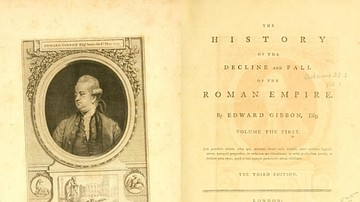
Article
Gibbon's Decline & Fall of the Roman Empire
The English historian Edward Gibbon (1737-1794) wrote and published his seminal work History of the Decline and Fall of the Roman Empire between 1776 and 1788. The dominant theme of Gibbon's six-volume work is that the fall of the Roman Empire...

Article
Battles & Conquests Of The Ottoman Empire (1299-1683)
Spanning across three continents and holding dominance over the Black and Mediterranean Seas, the Ottoman Sultanate (1299-1922) was a global military superpower between the 15th and 17th centuries. From the point of its inception in 1299...
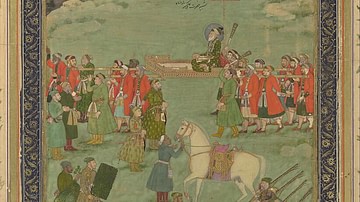
Image
The Emperor Aurangzeb Carried on a Palanquin
A painting of Aurangzeb (1618-1707), sixth Mughal emperor. Here he is accompanied by a royal hunting party. The preparations for the hunt include several hunters in the foreground, camouflage screens, and a deer being led as a bait. The...
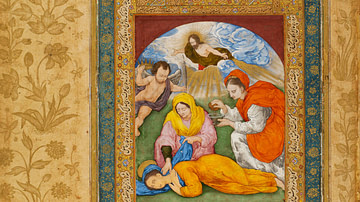
Image
The Martyrdom of Saint Cecilia
The Life of Christ was commissioned by the third Mughal Emperor Akbar (1540-1605) to be translated into Persian. This was part of a larger effort to encourage inter-religious understanding and cooperation. The Martyrdom of Saint Cecilia...
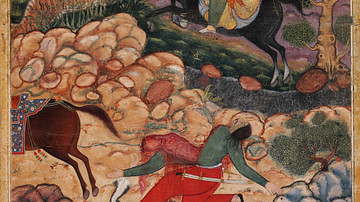
Image
Hamza Kills a Tiger - from the Hamzanama
In the royal House of Books (Ketabkhana), which housed the library as well as being the place where manuscripts were created, Hindustani artists and Persian calligraphers, bookbinders, and illuminators came together to work under two Iranian...

Article
The Armies of the East India Company
The East India Company (EIC) was first England's and then Britain's tool of colonial expansion in India and beyond. Revenue from trade and land taxes from territories it controlled allowed the EIC to build up its own private armies, collectively...